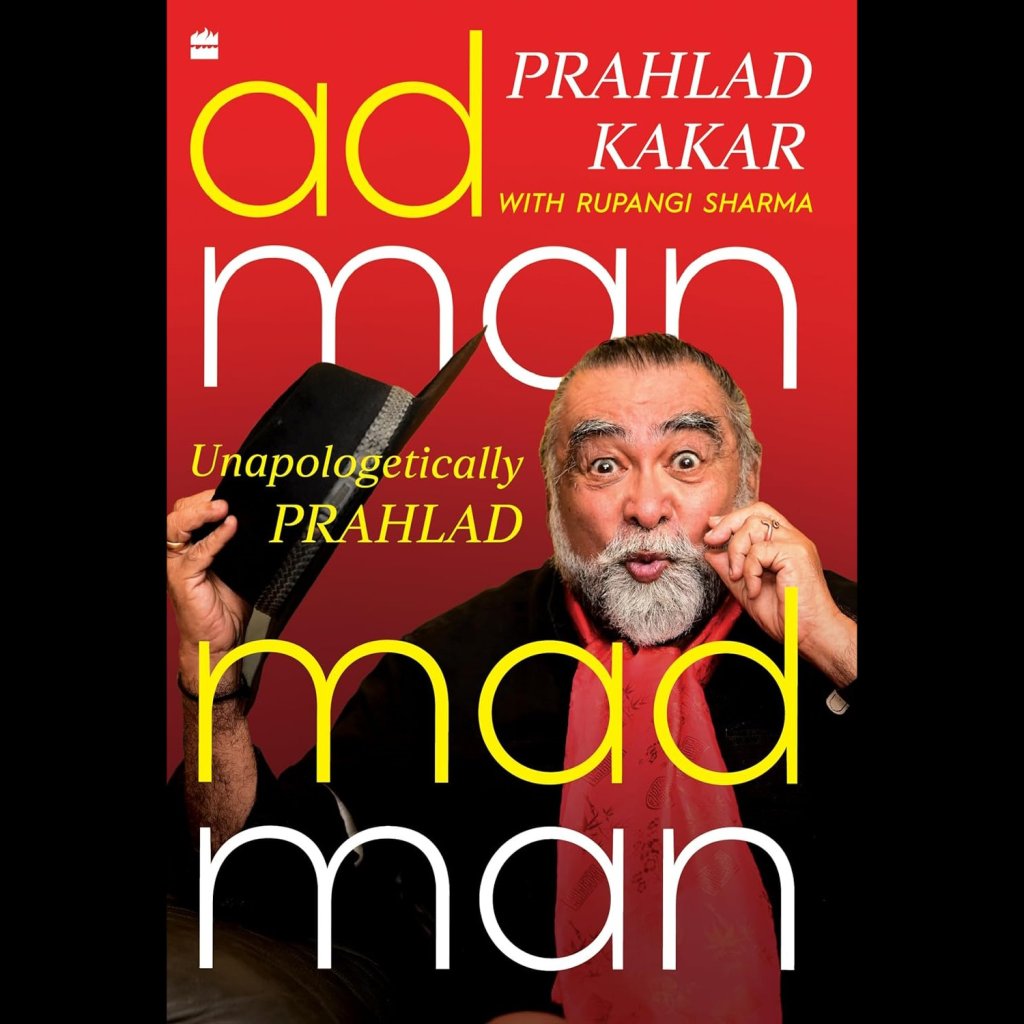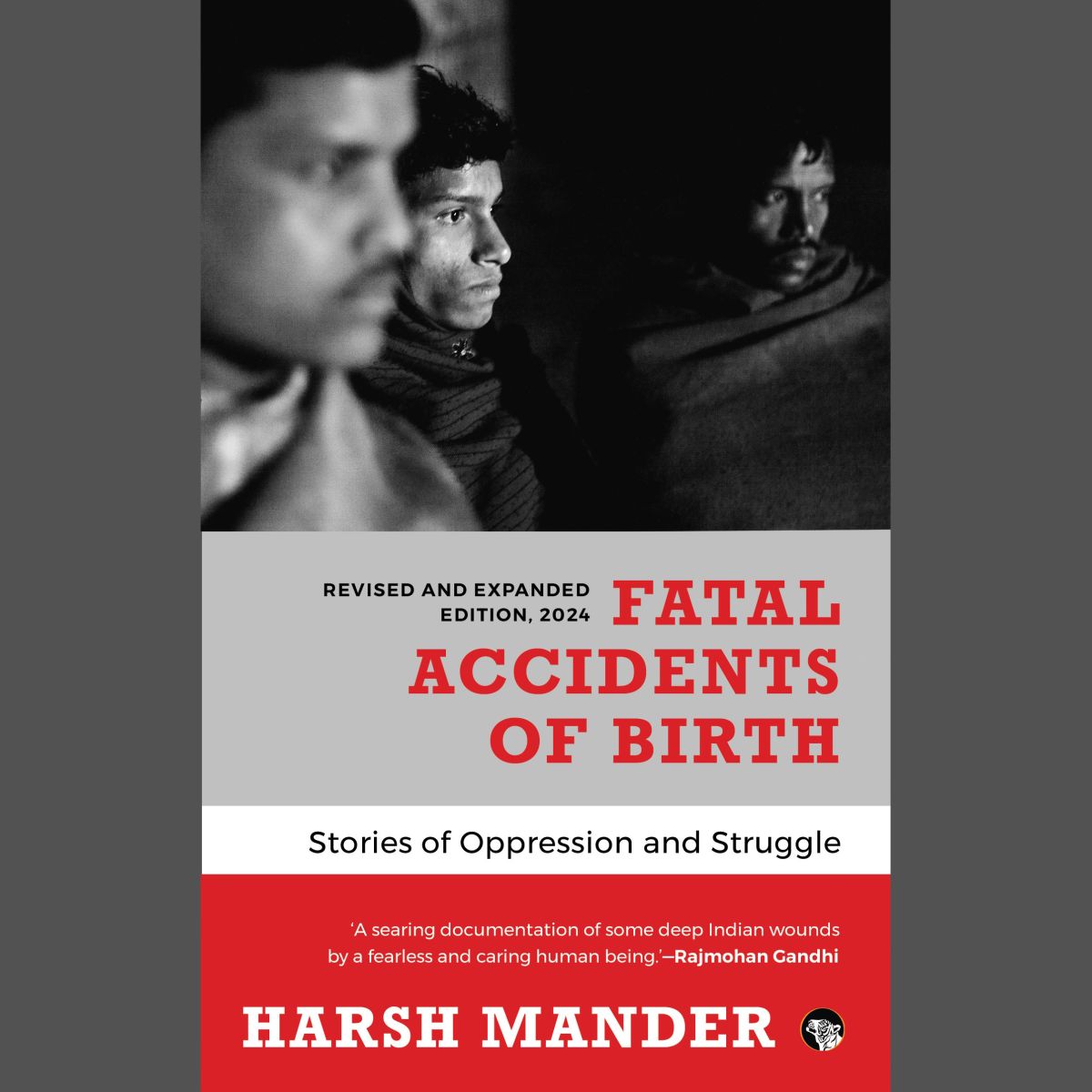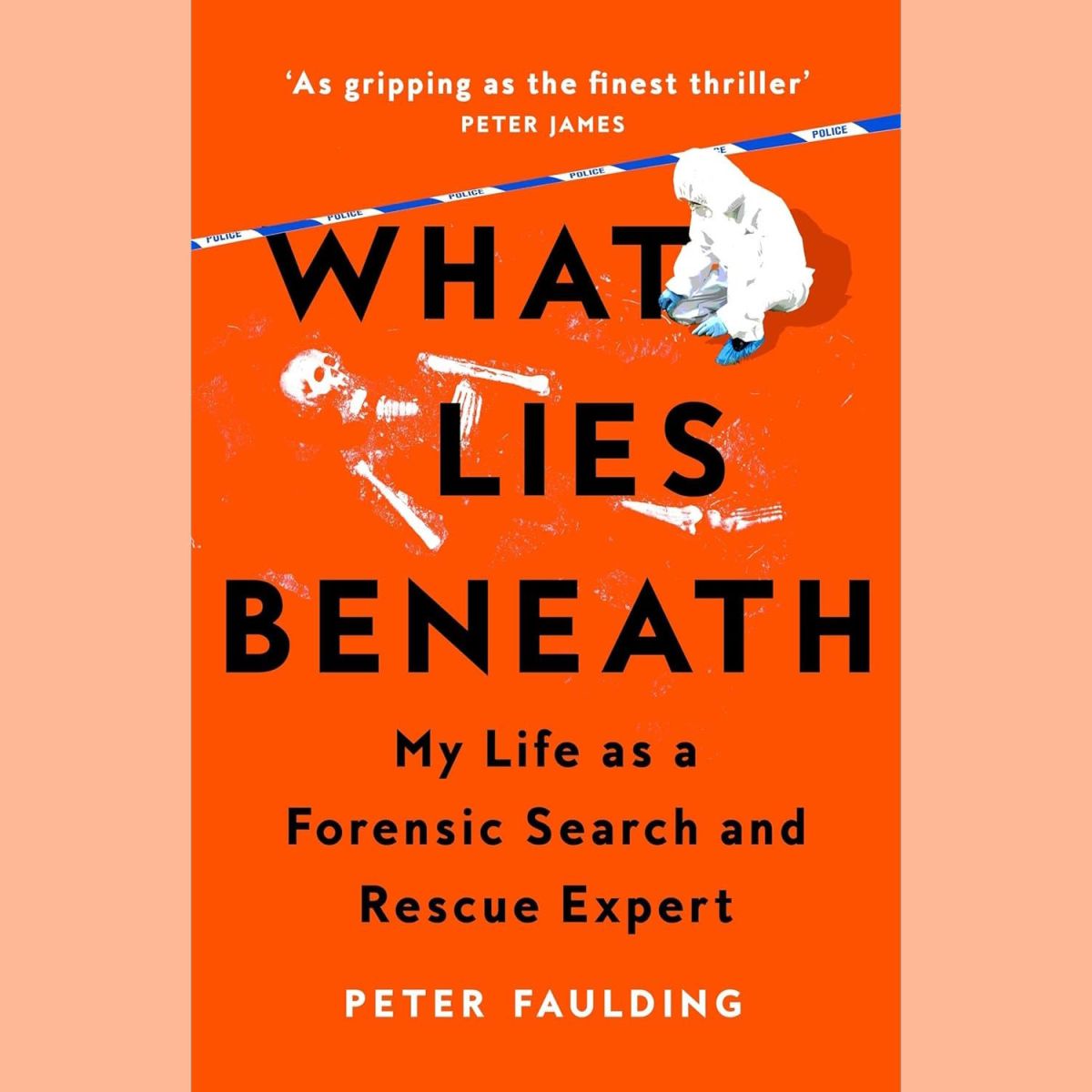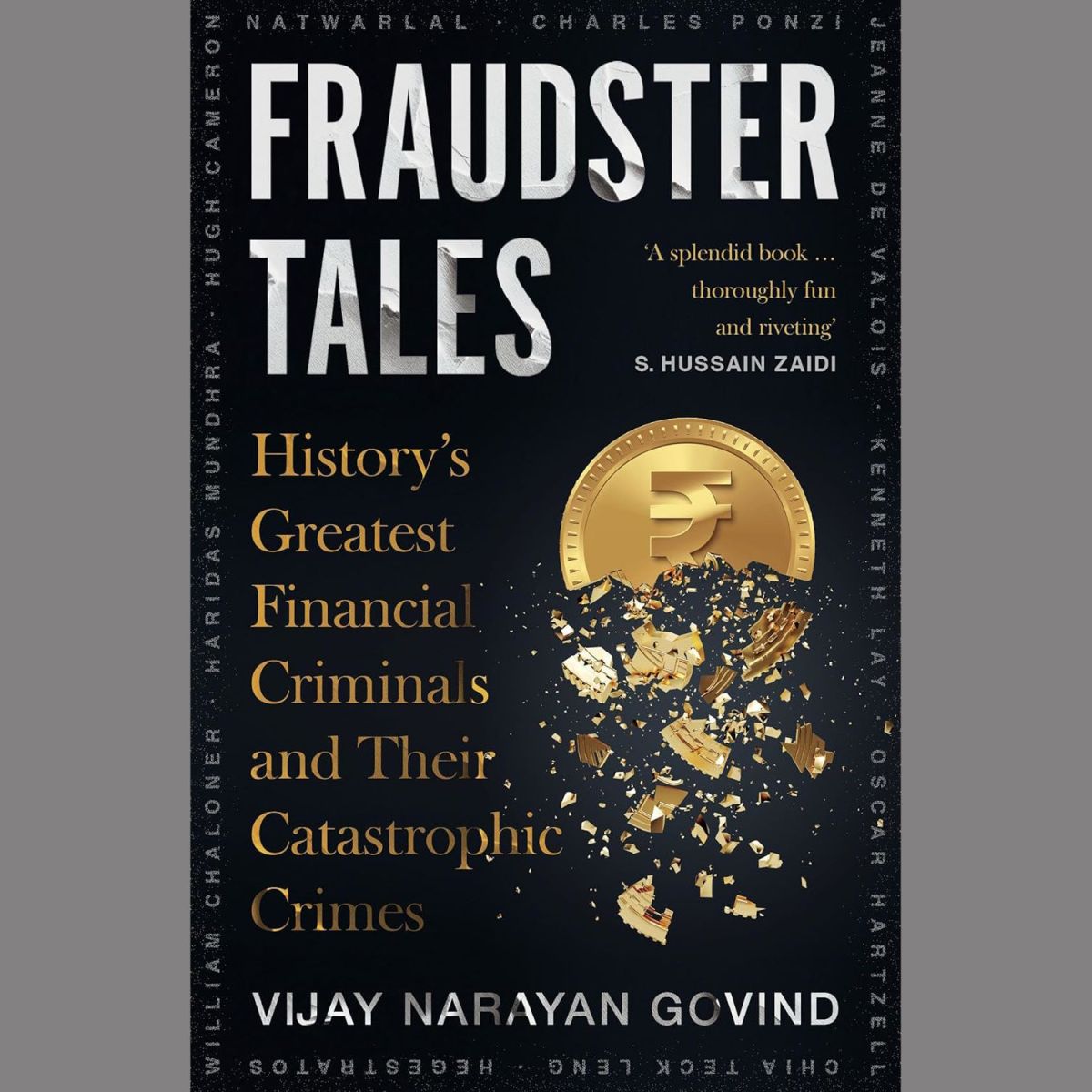One look at the mildly risqué back cover of this book and you know this isn’t going to be a run-of-the-mill memoir. For there is an exuberant Prahlad Kakar, bearded and long-haired, with an impressively long cigar in his mouth, holding up a large fish (which he has presumably just caught) in one hand and a hat in the other. In this photograph, Kakar is standing on what seems to be a beach somewhere and the aforementioned hat is the only thing covering his modesty. No clothing, mind. Just the hat. And the text that goes alongside provides some gems of information that may be useful for those who don’t know him well: That he lost his virginity in Class XI, that he once resigned before being fired and that he is an aspiring sperm donor. Ahem. So, it’s funny, irreverent, not at all afraid and a bit out there. Just like the man himself, as we find out in Adman Madman: Unapologetically Prahlad, his recently-published memoir.
But before we talk about the book, who really is Prahlad Kakar? A much-accomplished, multi-talented man, Kakar is best known for his work in advertising, and the memorable TV ads he created for brands like Pepsi, Gold Spot, Maggi and Kamasutra are legendary in the ad world. Back in the early-1970s, Kakar also worked under the tutelage of Shyam Benegal and later went on to establish his own film production house. In addition, he’s a restaurateur, a cigar manufacturer and a certified scuba diving instructor. So, your typical everyday over-achiever, then. But, thankfully, he doesn’t seem to take himself too seriously, has a sense of joie de vivre and, going by the book, comes across as someone who’s open, accessible and fun to be around. He also has a great life story to tell, a story that unfolds at a fair clip across the pages of Adman Madman.
Kakar, who was born in 1948, lived his early years in Dehradun, at his grandparent’s house, where he learned to love the outdoors, shoot a gun and hunt. He was, by his own admission, ‘hopeless at academics’ and was pushed into athletics – running and even boxing – by a strident PT instructor. While he did not like being pushed into competitive sports at first, Kakar later realised just how useful those were. ‘Boxing taught me many life lessons,’ he says. ‘The fear of getting hurt and humiliated in front of peers, just making a fool of yourself, is a constant for almost anything new that you might try in life. If you want to achieve anything in life, the first lesson is to learn to face the fear and not let it paralyse you,’ he adds. Kakar learned to face that fear in school – something that would hold him in good stead later in life. He also learned to excel in English literature and poetry (at least partly due to his admiration for the English teacher, a certain Mrs ‘A’ whom the young Kakar found very attractive) and became infatuated with the captain of the girls’ athletics team, a ‘lissome, long-legged, high-breasted young sprinter…’ who was, apparently, the object of many adolescent fantasies.
While he certainly seems to have enjoyed his years in Dehradun, Kakar eventually has to leave and joins his mother in the hot, dusty plains of Delhi, where he’s put into a boarding school near Karnal. There he continued to box, play football and learned to get along with the jaats of the region. Later, once done with schooling, Kakar heads for the MS University in Baroda (‘My grades were not good enough for Stephen’s, Hindu or any of the Delhi colleges of repute,’ he says), where he chooses to study English literature. However, unhappy with their Gujarati-fied English, he soon moves to the Fergusson College in Poona, where among other things he learns to hunt pigeon – the Kakar pigeon curry with the local pav was a hit with fellow students. In the meanwhile, in addition to English literature, Kakar opted for military studies – the history of war, tactics, strategy and economics – which he quite enjoyed. Though he could not have known this at the time, military studies prepared him for a life in advertising in many ways. ‘In my branding and advertising class, the recommended reading for our students is the Arthashastra, the Gita, The Art of War by Sun Tzu and The Book of Five Rings by Miyamoto Musashi. Together, they take the pants off any MBA curriculum,’ he says. Be that as it may, young Kakar eventually completes his college education (with a number of zany misadventures along the way, which make for interesting reading) and with a second-class BA degree to his name, goes for an impromptu job interview in Delhi and despite the odds that seem to be stacked against him, lands a job in advertising.
Kakar’s account of his early days in advertising, with ASP in Delhi, is quite interesting and provides glimpses of the ad world as it was fifty years ago. Our adman learns the ropes from the ground up and goes through the grind, doing everything from proofreading annual reports to cobbling together an advertisement at short notice to handling difficult clients. He did get to work with some high-class talent at ASP, including illustrator and cartoonist Mickey Patel and copywriter Saeed Mirza who later moved to Bombay and became a filmmaker. And soon enough, Kakar himself realised he wanted to specialise in making ad films, that Delhi was not his kind of place and that he needed to move to Bombay. He managed to wrangle a three-month trip to Bombay and found a mentor in Shyam Benegal – who had already made a name for himself in making some outstanding ad films back then. He was expected to survive in Bombay of a monthly salary of Rs 350 only, but did manage to find a room in upmarket Colaba of all places, through an old connection from Dehradun. Kakar’s vivid descriptions of the Colaba of the 1970s are quite illustrative and might evoke some rose-tinted nostalgia in those who have their own memories of this most interesting of areas of Bombay.
Eventually, Kakar’s bosses at ASP ask him to ‘prove’ that he had learned something about ad filmmaking in Bombay and sanction a princely sum of Rs 450 in which to make a 150-second clip. Our adman’s solution to that is to shoot a series of stills that would later be animated and the story of how he goes about doing just that definitely deserves to be read – and, yes, you’ll need to get a copy of the book for that. But more importantly, this is where things begin to look up for young Kakar, even as he begins to meet the movers and shakers of the Indian ad industry in Bombay and learn the intricacies of cinematic storytelling from Benegal. One of his very first assignments is shooting ad films for Anacin and his work is approved by the client – a notoriously difficult one at that – without any hassles whatsoever. ‘The Anacin films were where I cut my teeth and built my repertoire and reputation,’ says Kakar.
From here on, the Prahlad Kakar saga really begins – this is where the story really takes off. Accounts of him meeting then Prime Minister Mrs Indira Gandhi, who wanted to Shyam Benegal to shoot a series of PR-oriented short films that would showcase the promises she’d made, which would help with her election campaign. Assisting Benegal on some of his very well-received feature films, which included working alongside lead actress Shabana Azmi and cinematographer Govind Nihalani, for Ankur. Working with actress Rekha for the Gold Spot ad campaign. And much more, besides. He spent six years at ASP – the first four as Shyam Benegal’s ‘slave’ in the ad films department and later, as Benegal moved full-time into making feature films, Kakar was finally in charge. Later, along with two other associates, he set up Genesis, at that time a smallish production house for doing ‘cheap and cheerful’ ad films that bigger, more established filmmakers wouldn’t touch. This is, in fact, where Kakar got opportunities to do some of his most interesting work, including ad films for Air India, Britannia Marie biscuits, Cherry Blossom boot polish, Hot Shot camera and many, many more.
But during this period, what was it that really drove Kakar, what was it that inspired him to go above and beyond, to truly excel? ‘I was hugely influenced by MAD magazine and its satirical takes on the institutions of academia and life in general. That’s how the seeds of my irreverent style of functioning were planted,’ he says. ‘I was never happy being conventional and always managed to act, look and behave differently. When I started visualising and writing scripts for ad films, they all turned out quirky and different,’ he adds but also admits he had a hard time selling his ideas to the powers that be. Still, Kakar never stopped trying to ‘rock the boat of mediocrity’ and had no trouble with looking for – and finding – great ideas amongst the ones rejected by most others. And those ideas weren’t restricted to making ad films – his fertile mind was always looking for new opportunities to explore new avenues, get into uncharted territory. Which is why, in a move entirely unrelated to ad filmmaking, he set up Prithvi Café inside the Prithvi Theatre premises in Juhu, with Jennifer Kapoor’s go-ahead. ‘It’s always mauke pe chauka. Never regret, never look back; if it interests you and you can learn something from it, go for it,’ says Kakar. This seems to have been his life’s mantra, something he’s stuck to, whether it’s directing some of the most memorable ad films India has ever seen (‘Hi! I’m Sanjana. Got another Pepsi?’ says a pouty, young Aishwarya Rai in the 1995 ad for Pepsi – sales must have shot through the roof…), or hobnobbing with the who’s who of the ad and feature film industries, or setting up all-new business ventures that have done very well over the years.
Packed with innumerable stories from Prahlad Kakar’s remarkable life and times, Adman Madman is one of the coolest, most well-written and interesting memoirs we’ve read this year and if you have even a passing interest in world of ad filmmaking, you’ll absolutely love this book. If not, you’ll still probably find it a rollicking good read anyway. It gets a big thumbs up from us – highly recommended.
Adman Madman: Unapologetically Prahlad
Authors: Prahlad Kakkar with Rupangi Sharma
Publisher: HarperCollins India
Format: Hardcover / Kindle
Number of pages: 526 / 681
Price: Rs 635 / Rs 274
Available on Amazon
Book Review: Adman Madman – Unapologetically Prahlad







